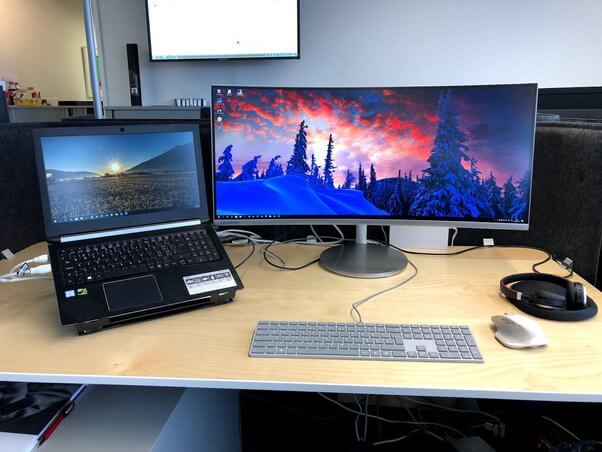Due to their portability, laptops are favored by many even for use at home. However, there are instances where a second screen is required. For simple conversation reading and streaming, for instance. This post will explain how to connect your laptop to an external display. How to connect a monitor to a laptop
Connect a monitor to a laptop using HDMI
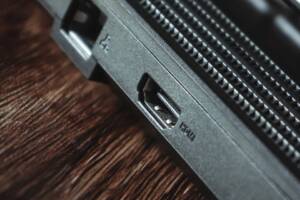
The easiest solution is to utilize an HDMI cable if your new display and laptop are both contemporary. With the help of contemporary HDMI, sound and images can be transmitted at up to 4K quality. HDMI connectors are found on the majority of modern computers and monitors, so this shouldn’t be an issue. All you have to do to get things working is connect two devices using an HDMI connection.
This is done like this:
- Connect the HDMI cable to the laptop and then to the monitor;
- Turn on the laptop and monitor;
- If everything is normal, the image will be duplicated on the screens.
Connect a monitor to a laptop without HDMI – VGA and DVI
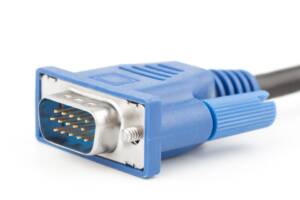
If you need to connect an external monitor to a laptop that does not have HDMI, then there are several options. Old laptops and monitors have VGA or DVI connectors (but they are rare on modern models).
The VGA connector is analog, so you should be prepared for not very high image quality. And it doesn’t transmit sound.
DVI comes in three types:
- DVI-I – capable of transmitting both digital and analog signals;
- DVI-D – digital only (transmits both sound and picture);
- DVI-A – analog only (transmits only pictures).
Connect a monitor with VGA/DVI to a laptop with HDMI
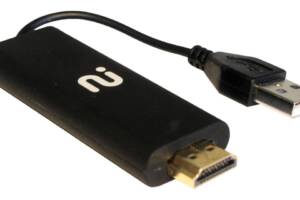
Don’t give up if your laptop is fresh but your monitor is outdated. There’s a way out. You will need to buy a specialized HDMI to VGA or DVI converter to connect a laptop with HDMI to a VGA or DVI monitor.
Connecting an external monitor to a laptop using USB-C
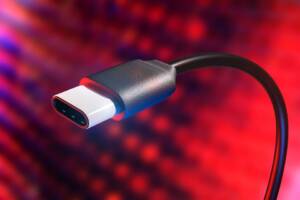
If you have a laptop and a monitor with modern USB-C ports that can transmit images and sound, then you can use this method. Just connect the cable on both sides.
Connecting a monitor to a laptop using DisplayPort
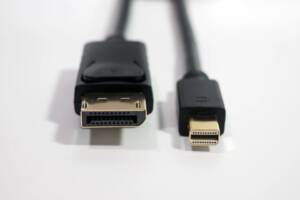
DisplayPort isn’t available on all laptops or monitors, but it’s becoming more common in 2024. It is more compact than HDMI and faster.
Connecting a monitor to a laptop via Bluetooth

If the monitor and laptop have built-in Bluetooth modules, then you won’t have to use wires. Necessary:
- Turn on Bluetooth on both devices;
- Right-click on the desktop on your laptop;
- Select “Screen Options”;
- Next “Bluetooth and devices”;
- Then go to “Devices” and “Add device”;
- Find your monitor and pair it.
Also, if you have a modern laptop with Windows 11, you can connect an external monitor along the following path:
- “System”; “Display”;
- In the “Scale and Layout” section, select “Connect to a wireless display”;
- Click “Connect”.
How to set up a monitor when connected to a laptop

After connecting your laptop to an external monitor, you can fine-tune its operation. To do this, press FN+F8 or Windows+P. Several options will appear to choose from:
- “Only computer screen” – in this case, the image will only be on the laptop screen;
- “Repeating” – the image on the laptop will be duplicated on the second monitor;
- “Expand”—the desktop expands onto two screens at once. You can work on one, and, say, watch a movie on the other.
- “Second screen only” – the laptop display turns off and the image is shown only on the external monitor. In this case, the laptop serves as a system unit.
Also Read: How to view the characteristics of a PC (Window and Mac)
Also Read: Top 10 applications for smart watches

